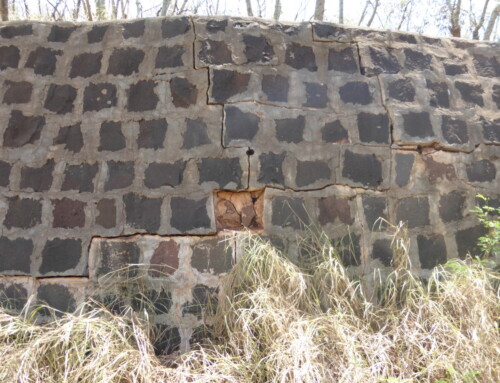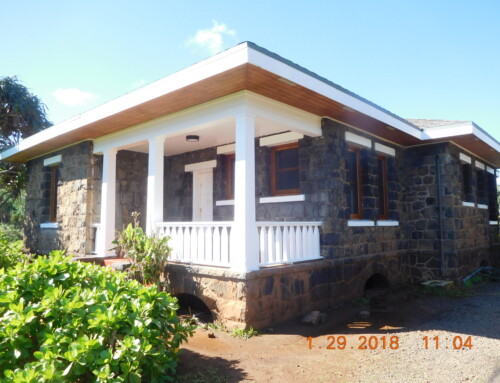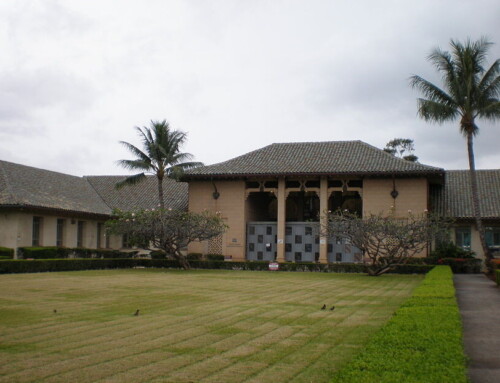By Barbara Shideler, Mason Architects, Inc.
Photos Courtesy of Barbara Shideler, Mason Architects, Inc.
The retention of original windows is always desirable, however a replacement window may be warranted when a sash or component is missing or has been replaced with an inappropriate type, or if the window is too deteriorated to repair.
Replacement windows for missing or non-historic windows should be based on physical or pictorial documentation, when available. It is necessary to develop an understanding of how the window(s) contribute to the appearance of the facade and reflect the period, style, or regional characteristics of the building, or represent technological development.
Factors to consider in evaluating a replacement window:
- The pattern of the openings and their size. The new windows should always fill the original window openings.
- Window placement in relation to the wall plane; the degree to which the window is recessed into the wall affects the three-dimensional appearance of the structure.
- Proportions and size of the frame and sash, and associated details such as arched tops, hoods, or other decorative elements.
- Glass type, size and configuration of panes.
- Sash width and depth, profile details.
- Materials and finish. While it may be possible to match all the significant characteristics of a historic window in a substitute material, in actuality, finish, profiles, dimensions and details are all affected by a change in material. In addition to the surface characteristics, vinyl-clad or enameled aluminum-clad windows may have joints in the cladding that can make them look very different from a painted wood window. Secondary window elements that do not match the finish or color of the window can also diminish the match. Examples include white vinyl tracks on dark-painted wood windows or wide, black, glazing gaskets on white aluminum windows

Before

After
The more important a window is in defining the historic character of a building the more critical it is to have a close match for its replacement. Using the hierarchy of a building’s features and taking into account the window’s visibility, some general guidance can be drawn. Replacement windows on primary, street-facing or highly visible elevations of buildings should match the historic windows in all their details and in material. The way a historic window operates is an important factor in its design and appearance.
Armed with an awareness of the significance of the existing window, search for a replacement that retains as much of the character of the historic window as possible. There are many sources of suitable new windows. Check building supply firms, local woodworking mills, carpenters, preservation oriented magazines, or catalogs or suppliers of old building materials, for product information. Local historical associations, such as Historic Hawaii Foundation, and state historic preservation office may be good sources of information on products that have been used successfully in preservation projects.
Adapted from “Planning Successful Rehabilitation Projects: Windows” by the National Park Service – Technical Preservation Services.





